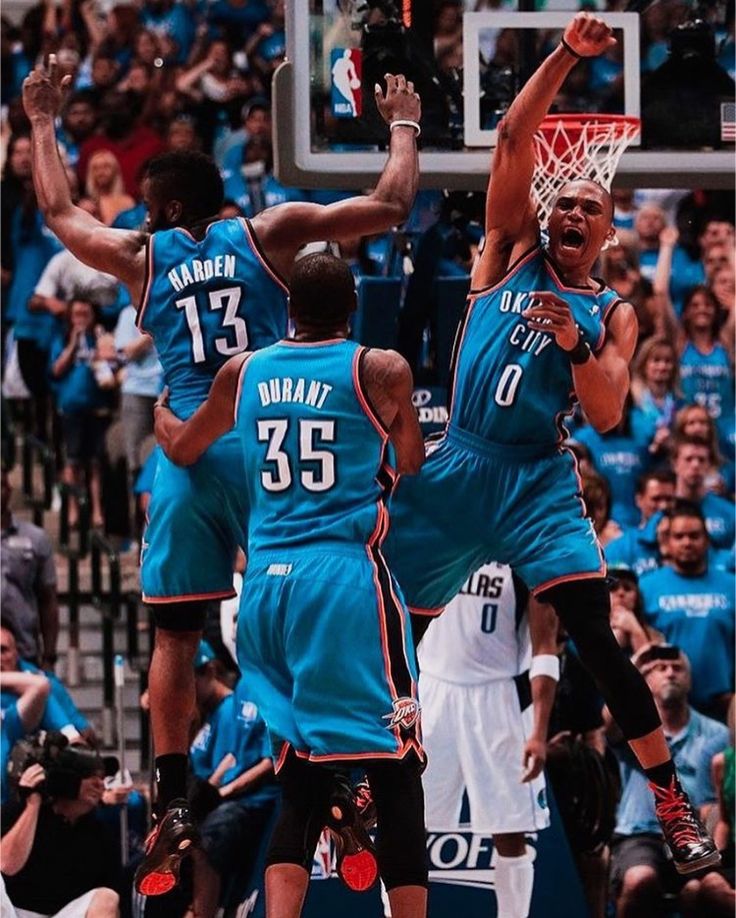Home »
Misc »
Basketball how to defend a bigger player
Basketball how to defend a bigger player
Tips for Undersized Post Defense
Skip to content
Basketball post defense is challenging work. But it can be especially tricky if you are a shorter player. So how do you switch this match up from mismatch to underdog success?
A lot of the time, you know, going into a game, you’re going to be outmanned. It’s easy to see from the roster if the team will be bigger and taller than you. Often, in this scenario, your coach will have a game plan. They may trap in the post, deny from the wings, or play a certain defense. Whatever your coach draws up, do your best to follow that system.
But even if you’ve got the right defense, sometimes the play breaks down. You might get switched onto a post. You might be undersized in the Position. So how do you defend a dominant post player?
Well, first off, know that they’re going to score. You can’t win every possession against someone who has height on you. Don’t let this get in your head. If you use these tips to play tough, scrappy defense, you might be able to throw them off their game.![]()
Don’t Allow Them to Get Position
The best thing you can do is not let the player get set up where they want to be. This means meeting the post high, near the top of the key, and redirecting them in their path to the block. Suppose you have established your Position at the elbow. In that case, they will have to move around you, and you can force them into an easily defensible position. This is called bumping the cutter. If you do your work early, it will cut down on their effectiveness in the post.
Commit to Your Basketball Defense
Different coaches will utilize different defenses, but you will often be playing either full front or 3/4 front defense if you’re outmatched in the post. For a full-front defense, make sure you entirely seal off your player behind you, call for help, and trust that your teammates will back you up. This forces the offense to make a tough lob pass over your head. For a 3/4 front defense, make sure you split your opponent (one leg in front, one leg behind) and keep your hand high to tip away balls.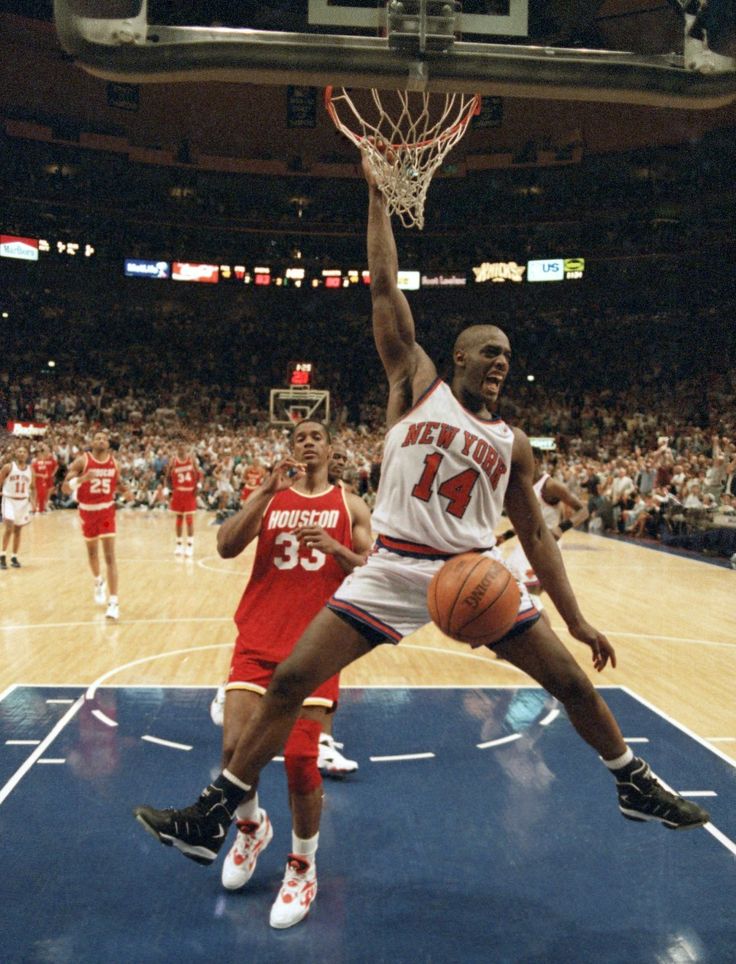
Whatever style your coach asks, commit to playing tough defense that way. But if there is a particular style you prefer, consider sitting down with your coach to talk about it.
Use Their Size Against Them
Often, bigger post players are used to throwing their weight around in the low block. Use this against them. If they sit on your legs in a post up, quickly move back a step so that they lose their balance. If they go to back you down with a hard drop step, you can “pull the chair” and move out from where they expect you to be, causing them to lose balance. If they drop their shoulder into you, you can take charge. These are all techniques that are dependent on you having been playing tough, physical defense and then making a quick switch. This helps to make sure that you keep the player honest.
Have Good Footwork
We’ve established that you’re not going to beat this opponent with your height, so the next best thing is to play solid defense. Once they get the ball, the key is to adjust your stance and get your body between them and the basket.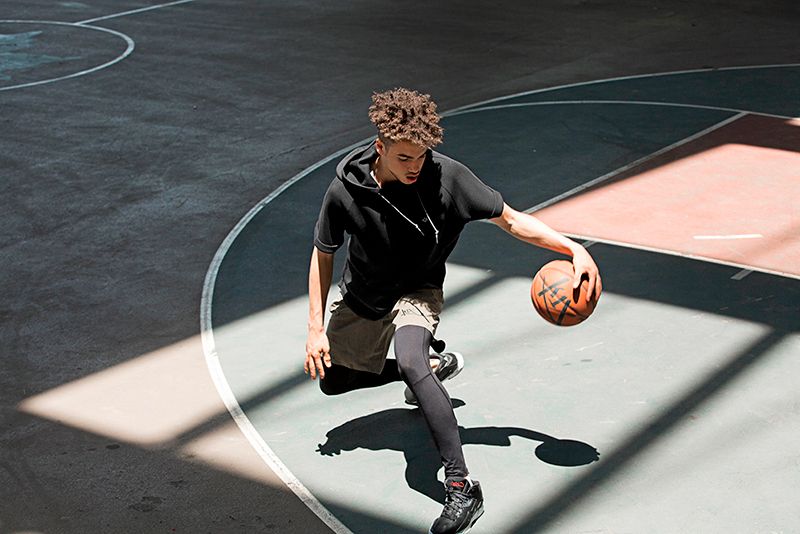 You’re most likely smaller and more agile, so use your speed to your advantage to move quickly to counter their drop step or crab dribble. If they can’t get a clear path to the basket, you force them to take a tough shot, and are also still in good position for the rebound.
You’re most likely smaller and more agile, so use your speed to your advantage to move quickly to counter their drop step or crab dribble. If they can’t get a clear path to the basket, you force them to take a tough shot, and are also still in good position for the rebound.
Call For Help
You don’t have to go it alone. Often, your teammates will be ready to spring a trap or provide help-side defense, but you have to let them know when you need it. Make sure to communicate clearly with “Help!” “Low Side,” “Go,” or whatever phrase your team settles on. Your team needs to hear you help you, so make sure you are loud and clear.
Know It’s Gonna Be a Battle
If you’re a small forward, you need to be prepared to work harder than your opponent anytime you step on the court. One thing you can do to help is to make sure you get strong in the weight room, but you’re going to have to step on the court and battle at the end of the day. Play tough, play scrappy, and don’t give in to their size.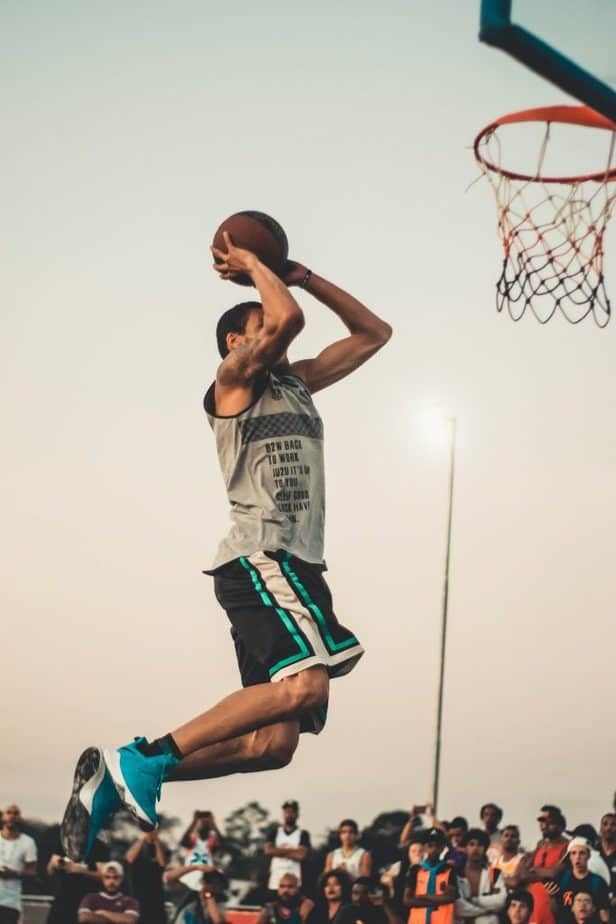 If you play this way, you’ll keep them from doing what they want to do and throw them off their game.
If you play this way, you’ll keep them from doing what they want to do and throw them off their game.
Share This Story!
MOST POPULAR
Basketball post defense is challenging work. But it can be especially tricky if you are a shorter player. So how do you switch this match up from mismatch to underdog success?
A lot of the time, you know, going into a game, you’re going to be outmanned. It’s easy to see from the roster if the team will be bigger and taller than you. Often, in this scenario, your coach will have a game plan. They may trap in the post, deny from the wings, or play a certain defense. Whatever your coach draws up, do your best to follow that system.
But even if you’ve got the right defense, sometimes the play breaks down. You might get switched onto a post. You might be undersized in the Position. So how do you defend a dominant post player?
Well, first off, know that they’re going to score. You can’t win every possession against someone who has height on you.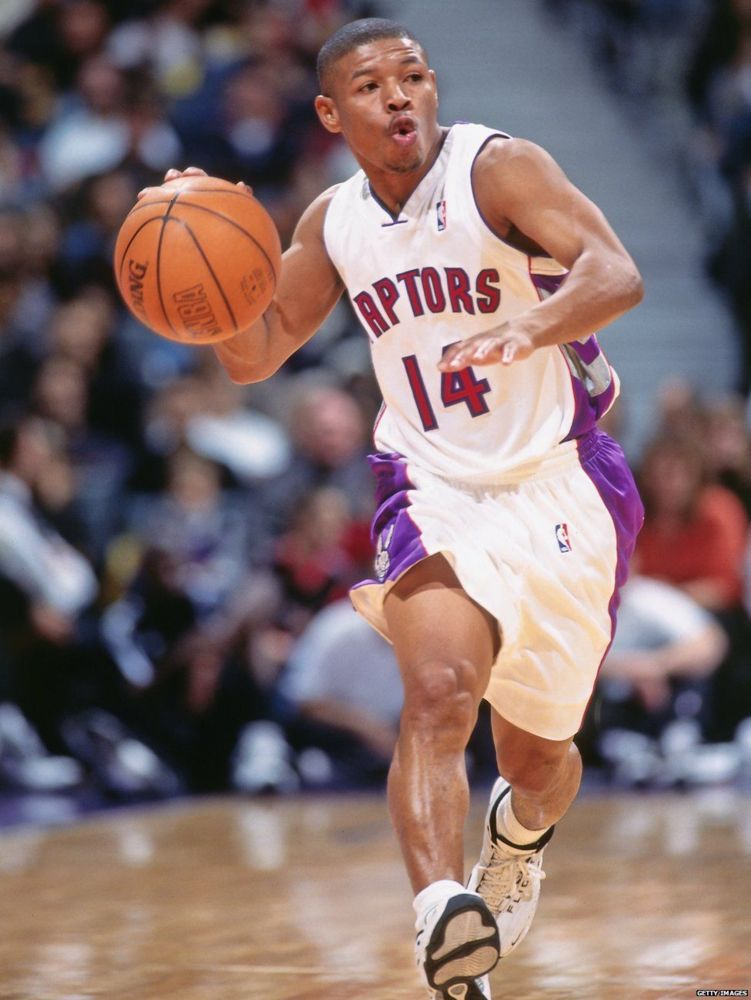 Don’t let this get in your head. If you use these tips to play tough, scrappy defense, you might be able to throw them off their game.
Don’t let this get in your head. If you use these tips to play tough, scrappy defense, you might be able to throw them off their game.
Don’t Allow Them to Get Position
The best thing you can do is not let the player get set up where they want to be. This means meeting the post high, near the top of the key, and redirecting them in their path to the block. Suppose you have established your Position at the elbow. In that case, they will have to move around you, and you can force them into an easily defensible position. This is called bumping the cutter. If you do your work early, it will cut down on their effectiveness in the post.
Commit to Your Basketball Defense
Different coaches will utilize different defenses, but you will often be playing either full front or 3/4 front defense if you’re outmatched in the post. For a full-front defense, make sure you entirely seal off your player behind you, call for help, and trust that your teammates will back you up. This forces the offense to make a tough lob pass over your head. For a 3/4 front defense, make sure you split your opponent (one leg in front, one leg behind) and keep your hand high to tip away balls.
For a 3/4 front defense, make sure you split your opponent (one leg in front, one leg behind) and keep your hand high to tip away balls.
Whatever style your coach asks, commit to playing tough defense that way. But if there is a particular style you prefer, consider sitting down with your coach to talk about it.
Use Their Size Against Them
Often, bigger post players are used to throwing their weight around in the low block. Use this against them. If they sit on your legs in a post up, quickly move back a step so that they lose their balance. If they go to back you down with a hard drop step, you can “pull the chair” and move out from where they expect you to be, causing them to lose balance. If they drop their shoulder into you, you can take charge. These are all techniques that are dependent on you having been playing tough, physical defense and then making a quick switch. This helps to make sure that you keep the player honest.
Have Good Footwork
We’ve established that you’re not going to beat this opponent with your height, so the next best thing is to play solid defense.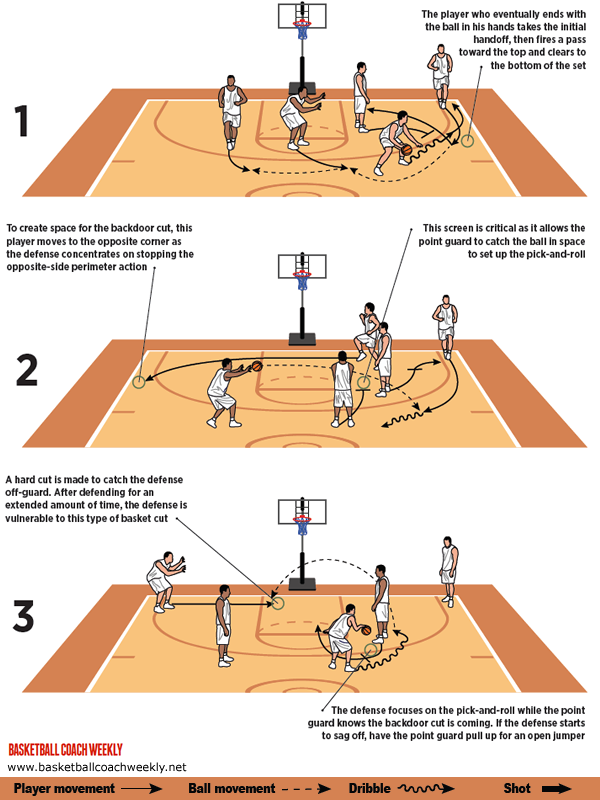 Once they get the ball, the key is to adjust your stance and get your body between them and the basket. You’re most likely smaller and more agile, so use your speed to your advantage to move quickly to counter their drop step or crab dribble. If they can’t get a clear path to the basket, you force them to take a tough shot, and are also still in good position for the rebound.
Once they get the ball, the key is to adjust your stance and get your body between them and the basket. You’re most likely smaller and more agile, so use your speed to your advantage to move quickly to counter their drop step or crab dribble. If they can’t get a clear path to the basket, you force them to take a tough shot, and are also still in good position for the rebound.
Call For Help
You don’t have to go it alone. Often, your teammates will be ready to spring a trap or provide help-side defense, but you have to let them know when you need it. Make sure to communicate clearly with “Help!” “Low Side,” “Go,” or whatever phrase your team settles on. Your team needs to hear you help you, so make sure you are loud and clear.
Know It’s Gonna Be a Battle
If you’re a small forward, you need to be prepared to work harder than your opponent anytime you step on the court. One thing you can do to help is to make sure you get strong in the weight room, but you’re going to have to step on the court and battle at the end of the day. Play tough, play scrappy, and don’t give in to their size. If you play this way, you’ll keep them from doing what they want to do and throw them off their game.
Play tough, play scrappy, and don’t give in to their size. If you play this way, you’ll keep them from doing what they want to do and throw them off their game.
Share This Story!
Page load link
How to Guard Taller People in Basketball | Live Healthy
By Dan Howard
Matching up with a player who is taller than you has some pros when defending far from the basket, but presents a matchup problem in the low post. You can use your quickness to crowd and take away your opponent's perimeter shot and steal the ball away if they try to dribble at you. Dealing with a taller player close to the basket is a tougher proposition, so do your best to establish proper defending position and play passing lanes to keep your opponent from catching a clean entry pass.
Perimeter Defense
Beat your opponent down the court and be prepared to defend by the time he reaches the three-point line.
Stay as close as possible to a tall, skilled shooter when you guard him near the three-point line.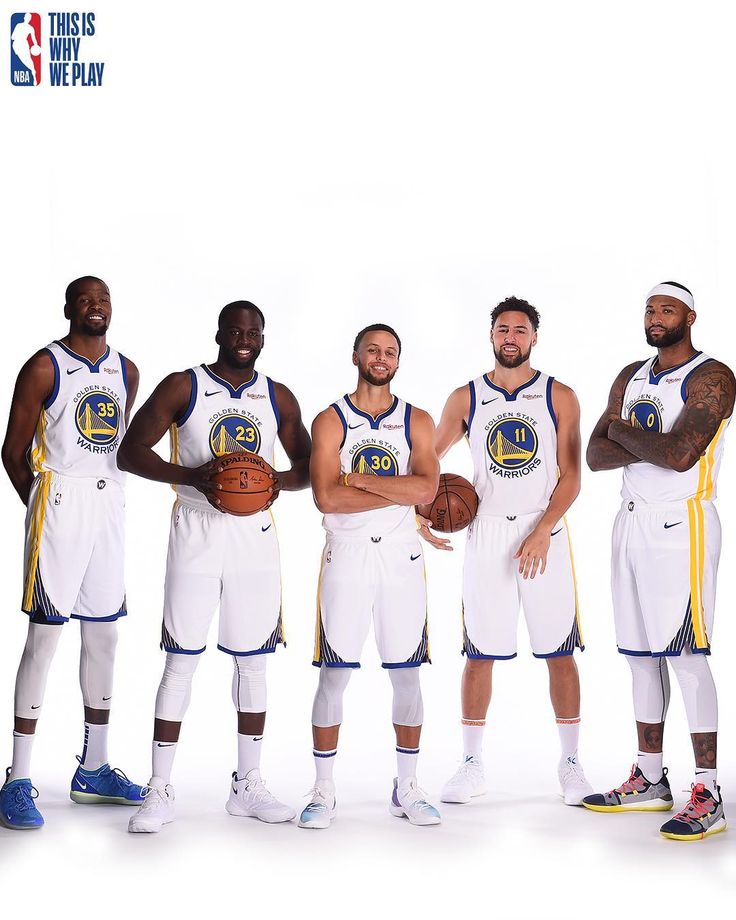 Actively slide your feet from side to side to stay near your opponent and minimize shot opportunities.
Actively slide your feet from side to side to stay near your opponent and minimize shot opportunities.
Chop your hand downward at the ball to slap it loose as your opponent starts a shooting motion. Stripping the ball before it reaches shoulder height is more effective than trying to block a taller player's shot.
Raise your hands straight up and position your body as close as possible to your opponent's without fouling them during a shot attempt.
Wave your hand in front of your opponent's face to disrupt his view of the basket as the shot is released. Take care not to hit your opponent in the face.
Lunge forward to slap the ball away if a taller opponent faces you and dribbles. Aim your arm swipe for the airspace a few feet above where the ball hits the court, and time your steal attempt so that you begin reaching at the moment the ball leaves his hand for the floor.
Fronting the Post
To front the post, stand between your opponent and the player with the ball.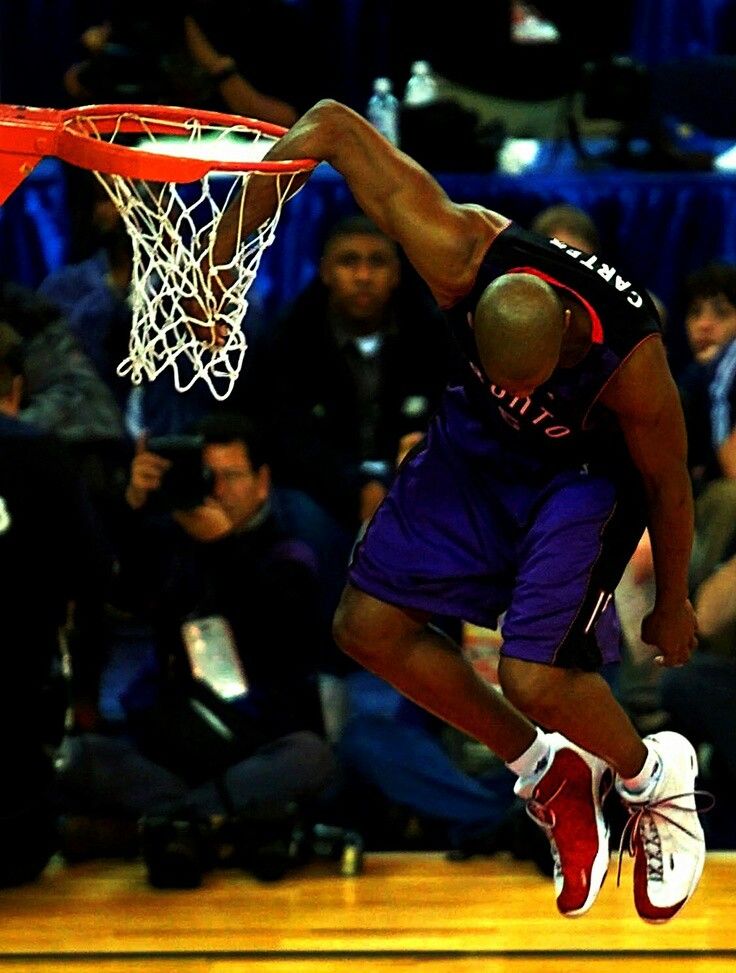 Only front the post when you have a teammate positioned to help on a pass over your head.
Only front the post when you have a teammate positioned to help on a pass over your head.
Turn your torso so that it's at a 45-degree angle to your opponent.
Extend your near arm into your opponent's waist and extended your other arm up into the passing lane.
Look over your shoulder at the ballhandler.
Rotate around your opponent to stay between him and the ball as it is passed or dribbled around the perimeter.
Spin back to a normal post defense stance if the ball swings to the other side of the court or if your help defender becomes busy and can't help guard against a pass over the top.
Post Defense
Make contact with your opponent as far from the basket as possible.
Lean a bent forearm into your opponent's lower back to maintain your current position.
Bend your knees and crouch down if your opponent tries to push you out of position. Pushing back at a point below your opponent's center of gravity improves your chances of maintaining defensive position.
Call for a teammate to help if your opponent gets the ball in a good position that you can't defend alone.
Rotate your body toward the basket the moment a shot goes up. Spread your arms out and thrust your bottom into your opponent to box him out. Push backward with a low center of gravity to move your opponent away from the rebound.
References
- Layups Coaching Blog: Guarding a Taller Player
- The Coach's Clipboard: Basketball Rebounding
Writer Bio
Dan Howard is a sports and fitness aficionado who holds a master's degree in psychology. Howard's postgraduate research on the brain and learning has appeared in several academic books and peer-reviewed psychology journals.
Rules of the game and refereeing rules in basketball
Similar presentations:
Rules of the Game and Refereeing Rules in Basketball
Rules of the Game and Refereeing Rules in Basketball
Rules of the Game and Refereeing Rules in Basketball
Basketball Referee Rules
Basketball Rules
Basketball Rules
Basketball.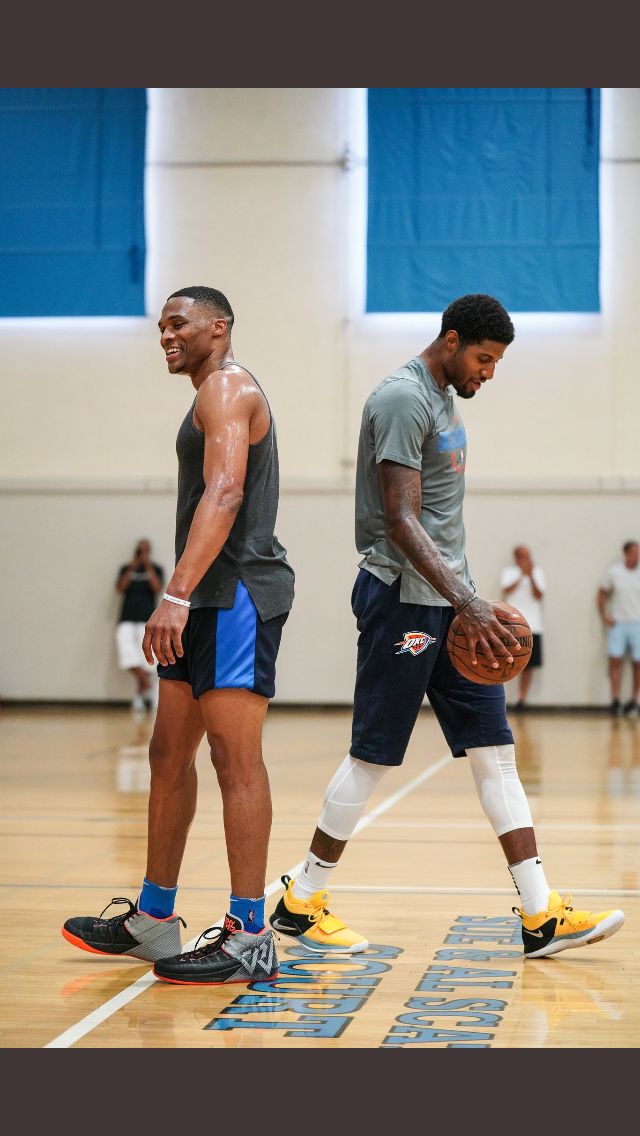 Game Rules
Game Rules
Basketball Rules
Basketball rules. History of Basketball
Basketball. Rules of the game
RULES OF THE GAME AND RULES OF REFEREEING IN
BASKETBALL
COMPLETED BY A STUDENT OF THE GROUP K 01-20
YERMOLAEVA ALEN
Team and substitute players.
In basketball, each player has a specific role:
- Playmaker or point guard. This is the first team number (brain). He must have good ball control and high speed.
- Attacking defender (second number). A player who can jump high. Should easily break through the defense of the opposing team.
- Center, main player must be of athletic build. He plays under the basket and fights for rebounds.
-
Small forward whose main task is to score points.
- Power forward. His job is to control the ball.
- Bench
Each team consists of 5 main and 5-7 (in major tournaments) permanent substitutes, who can enter the
game only after the game has stopped and the referee whistles.
If the team in possession of the ball is entitled to a substitution at each stoppage of play, the team not in possession of the ball has
the right to a substitution only in the event of a bounce and a time-out or when the team in possession of the ball makes a substitution.
Before reaching a high level, you need to go through the following basic stages
of becoming in basketball:
- Beginner. The beginning of the basketball path. Training (lessons) are mixed between
men and women. Minimal interaction between players. There is a general warm-up
with game exercises. There is a sharpening of skills and abilities.
- Amateur. Semi-professional warm-ups, development of basic skills. Such athletes
already appreciate the game situation well.
- Professional. Such a basketball athlete is characterized by: excellent possession of the ball, well-aimed three-point shots, sharp and accurate passes. He knows every rule, unquestioningly
carries out the coach's commands. Independently works out the technical elements of basketball.
Independently works out the technical elements of basketball.
THE MARKING OF THE BASKETBALL COURT MUST
COMPLY WITH THESE STANDARDS:
• Boundary lines. Determine the size of the field, applied along the perimeter. Facial - those that are behind the rings.
Side - on the sides.
• Central. Divides the field into two equal zones.
• Center. This is a circle that is located in the middle of the field, its diameter is 3.6 m. It is in this place that the ball is played.
• Lines of 3 points. These are closed flat curves located on both sides under the shields. Their length is 2.99 m.
• Penalty line. Located directly in front of the shields.
RULES OF THE GAME
TIME-OUT
Each team is entitled to 2 time-outs in each
half and 1 time-out in extra time.
Coaches usually use the time-out to
give players tactical instructions and make a
substitution.
EVALUATIONS
Throwing the ball into the basket is counted if the ball falls through the ring and the net
from top to bottom.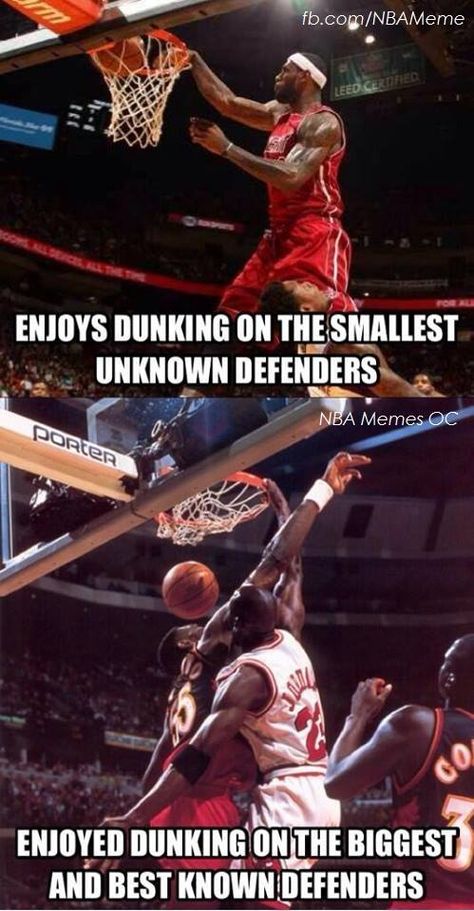 For each successful shot made during the game, a shot from
For each successful shot made during the game, a shot from
medium or close range (closer than the three-point line), the team receives 2 points. For
successful shots from behind the three-point line (from a distance of more than 6 meters 75 cm (7.24m in
NBA)), the team receives 3 points, for each successful free throw - 1 point.
REFEREES AND THEIR DUTIES
Basketball matches are officiated by referees. The brigade consists of experienced judges with a clear knowledge of
refereeing rules and many years of experience. Judges are guided not only by the postulates of the prescribed rules.
The referee is obliged to use common sense in assessing the situation, taking into account the mood and attitude towards the game by the teams.
It is not correct to judge professionals and beginners equally. Newcomers to the game often make many technical
mistakes. Only fixing all such errors will greatly slow down the whole game. Fundamental principles in
issuing a decision on violation of the rules is the basis for building a coherent game.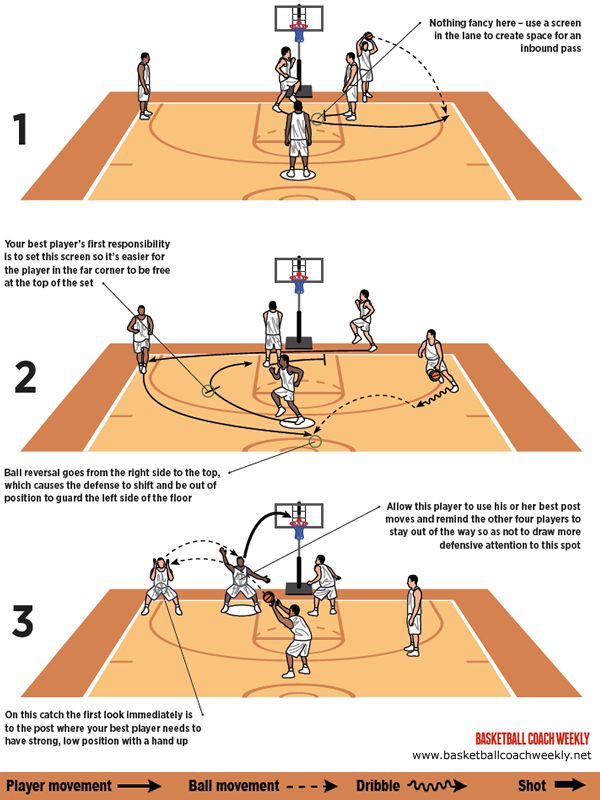
The referee must not pause the game unless clearly necessary. Any aggression and rudeness on the court should be immediately stopped
, but a player should not be punished with a foul for unintentional contact, especially if he does not
give any advantage in a particular game situation. The integrity and direct course of the game depends on the actions and skills of the referee.
The composition of the referee team serving a basketball match at a professional level must include:
• Chief judge and judge of the site
• Secretary and his assistant
• stopwatch
• Time operator for throwing
The main gestures of the basketball judge can be divided into groups in the order of importance for the player:
Official gestures of judges in basketball, violations associated with
violations
OFFICIAL BASKETBALL REFEREE GESTURES ASSOCIATED WITH TYPES OF FOULS
BASKETBALL OFFICIAL REFEREE GESTURES, SUBSTITUTIONS AND TIME-OUT GESTURES
BASKETBALL OFFICIAL REFEREES GESTURES, INFORMATIVE GESTURES
OFFICIAL BASKETBALL REFEREES, PLAYER NUMBERING SIGNS
OFFICIAL BASKETBALL REFEREES, SPECIAL FOULS
English Russian Rules
Basketball.

The essence of the game presentation, report
Presentation on the topic Presentation on the topic Basketball. The essence of the game, the subject of the presentation: Sports. This material contains 48 slides. Colorful slides and illustrations will help you to interest your audience. To view, use the player, if the material turned out to be useful to you - share it with your friends using social buttons and add our presentation site ThePresentation.ru to your bookmarks!
Slide 1 Text Slide: Basketball
Slide 2 Text slide: 1. Essence of the game
Slide 3 901 - basket and "ball" - ball), a team sports game, the purpose of which is to throw the ball into the ring (basket) of the opponent attached to the shield with your hands. A hit can bring a team from one to three points. The team with the most points wins the match.
Slide 4 Slide text: Nowadays basketball is one of the most popular sports.![]()
The number of officially registered players worldwide exceeds 200 million.
Slide 5 Slide text: Regular basketball lessons:
improve coordination of movements,
train the respiratory and circulatory organs,
develop muscles,
strengthen the nervous system.
In many countries of the world, basketball classes are included in the physical training program of secondary schools and higher educational institutions
Slide 6 Text slide: 2. From the history of basketball
Slide 70107 Among the immediate predecessors of basketball is often called the widespread in the 19th century. in some countries the children's game "duck on a rock", with which James Naismith (1861–1939).
James Naismith
Slide 8 Slide text: Throwing a small stone, the player had to hit the top of another, larger stone with it.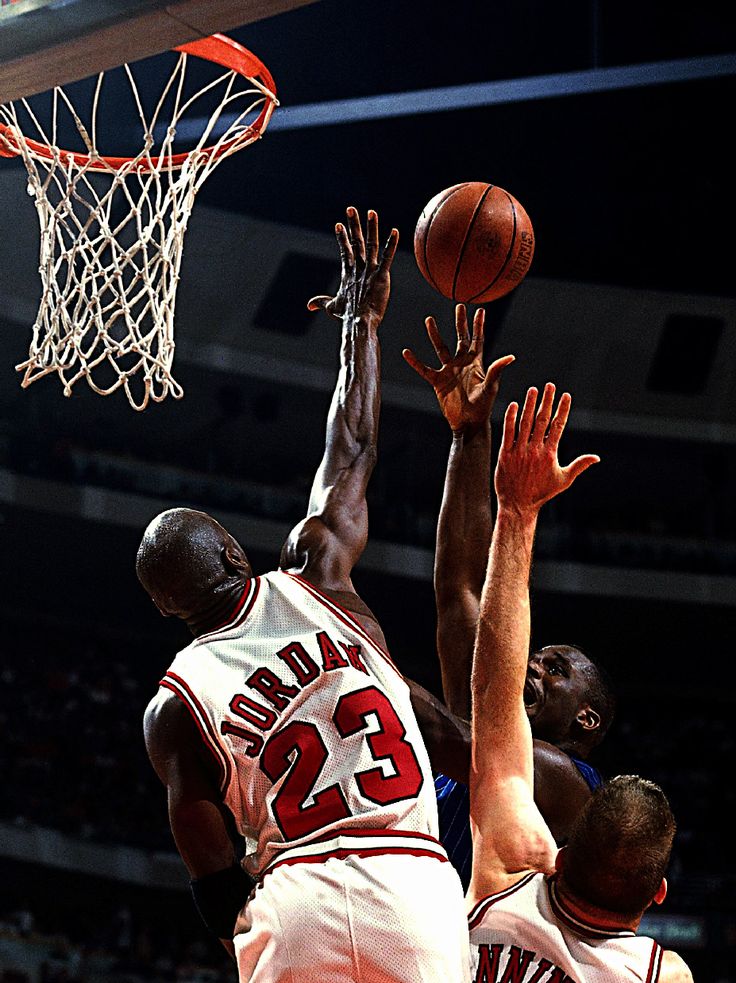
It was during the game of "duck on the rock" in the mind of young James that the "concept of basketball" was born in general terms.
Slide 9 Slide text: Naismith noticed that winter gymnastics classes in the hall seemed too monotonous to students, and decided to take them up with some new outdoor game of dexterity and coordination that could be played indoors - relatively small in size. At different ends of the gym, two fruit baskets were attached to the balcony that encircled it around the perimeter. The students had to hit the ball into the basket. And so basketball was born.
Slide 10 Text slide: 3. Rules for the game
Slide 11 Text Slide text: The game takes place on a rectangular platform 28 m long and a width of 15 m (earlier its size was, respectively, respectively, respectively, according to 26×14 m) with a special ball.
Slide 12 Slide text: Basketball court
Slide 13 Slide text: -780 mm (in games of men's teams; in games of women's teams smaller balls are used, and even less in mini-basketball matches).
Basketballs are of two types: intended for playing only indoors (indoor) and universal, ie. Suitable for use both indoors and outdoors (indoor/outdoor).
Basketball
Slide 14 Slide text: Basket (a metal ring with a diameter of 45 cm with a net stretched over it without a bottom) is mounted at a height of 3.05 m on a backboard installed parallel to the front lines of the court .
Slide 15 Slide text: Basketball is played by two teams, usually twelve people, each of which has five players on the court at the same time.
The goal of each team in basketball is to shoot the ball into the opponent's basket and prevent the other team from getting the ball and shooting it into their own team's basket.
Slide 16 Slide text: The ball is played only with the hands.
Running with the ball without hitting it on the floor, intentionally kicking it, blocking it with any part of the leg, or punching it is a foul.
Accidentally touching or touching the ball with the foot or leg is not a foul.
Slide 17 Slide text: The winner in basketball is the team that has scored more points at the end of playing time. In case of a tie at the end of the regular time of the match, OVERTIME is assigned - usually five minutes of extra time, if the score is even at the end of it, the second, third overtime, etc., is assigned until the winner of the match is determined .
Slide 18 Slide text: A different number of points can be scored for one hit of the ball into the ring: )
3 points - shot from behind the three-point line at a distance of 6m 75cm (7m 24 cm in the National Basketball Association)
Slide 19 Slide text:
Slide 200107 Slide text: The game officially starts with a jump ball in the center circle when the ball is legally tapped by one of the jumpers.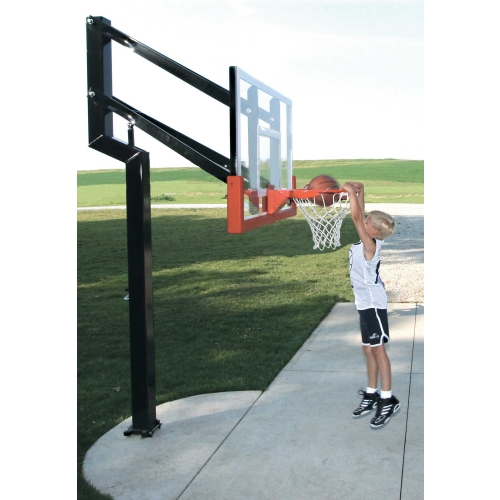 The match consists of four periods of ten minutes with breaks of two minutes.
The match consists of four periods of ten minutes with breaks of two minutes.
The duration of the break between the second and third quarters of the game is fifteen minutes. After a long break, the teams must exchange baskets.
Slide 21 Slide text: Changes in the FIBA rules since the 2010/11 SEASON
The radius of the three-point arc increases from 6.25 to 6.75 m. On the flanks, the semicircle is “cut off”; the distance in the corners will be 6.60 m. The dimensions of the site remain the same.
2. The shape of the three-second zone changes from a trapezoid to a rectangle.
3. A semi-circle with a radius of 1.25 m appears under the rings, inside which no offensive fouls are called.
Slide 22 Slide text:
Slide 23 Slide text:
5. If a team’s attack is interrupted by a foul that is not punishable by free kicks, or as a result of kicking and more than 10 seconds have passed since the beginning of possession of the ball, then only 14 seconds are allowed for a second attack, not the full 24 seconds as before.
Slide 24 Slide text: 6. For the first time in the FIBA rules, the minimum time for which a player can catch a pass from out and perform a "traditional" field goal is 0.3 seconds.
If there is less time left on the scoreboard, then the only legal way to score is a "volleyball" rebound or a one-jump shot.
Slide 25 Slide text:
or three-pointer.
8. When a team is removed from the tournament for two technical defeats, all the results of its previous matches are cancelled. Previously, these results were valid.
Slide 26 Slide text: 4. Violations of the rules
Slide 27 Slide text: Any violation of the rules in basketball entails the loss of possession of the ball. And the transfer of possession to the opposing team.
The ball is put into play by a pass from out of touch.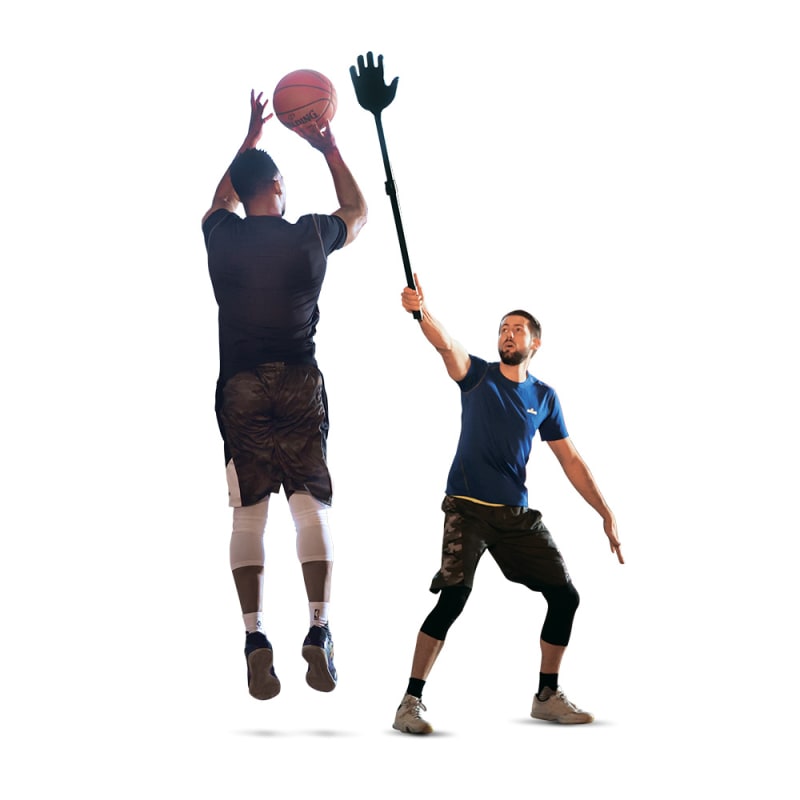 This action takes 5 seconds. Out is any point outside the court. The out line (edges of the court) is part of the out.
This action takes 5 seconds. Out is any point outside the court. The out line (edges of the court) is part of the out.
Slide 28 Slide text: Types of violations:
Out - the ball hit the floor behind the playing court (in touch);
Run - a player in control of the ball took more than 2 steps with the ball in his hands or tore off his "support" (axial) leg before he hit the ball on the floor.
Carrying the ball - hand under the ball while dribbling
Slide 29 Slide text: Double dribble - you can only start and end the dribble once, then you can only make a throw or pass to a partner. When you restart the game, a violation of the rules is recorded.
Three Second Rule - A player from the attacking team cannot stay in the 3 second zone for more than three seconds. (Marked in a different color, so often called paint - paint)
Eight Second Rule - The attacking team has eight seconds to move the ball over the center line.
Slide 30 Slide text: Twenty-four second rule - the attacking team is given 24 seconds to shoot if there is no shot after 24 seconds or the ball has not touched the opponent's basket after the shot. Possession of the ball is suspended and the ball is thrown in from out-of-bounds by the other team.
Five second rule - the ball cannot be in the hands of one of the players for more than five seconds. In American rules, the rule is 5 seconds back to the basket.
Slide 31 Slide text: Zone rule - if the ball in the attack zone crosses the center line and hits the floor in the defense zone, then a violation of the zone rule is recorded.
Slide 32 Slide text: 5. Personal violations
Slide 33 Slide text: When playing basketball, players are prohibited from punching or kicking. It is forbidden to push opposing players or try to hold them by their uniform or body.
It is forbidden to push opposing players or try to hold them by their uniform or body.
Playing defense, the player must be on the line between the ball and the ring. Interfering with the opponent's throw, one should not touch the opponent's hands or body. The best hand position is two hands vertically up.
Slide 34 Slide text: A personal foul is a violation of the rules by a defensive or offensive player. As a rule, fouls are committed when trying to take possession of the ball, trying to interfere with a shot, passing the ball, or when a player tries to interfere with the movement of an opponent.
One player may receive five fouls during one game (one match). Having received his fifth personal remark, the player is obliged to leave the site.
Slide 35 Slide text: There are also technical fouls. These are violations of the rules of conduct on the court during the game. They can be received by both players and coaches. For two technical fouls, the coach is removed from the gym.
They can be received by both players and coaches. For two technical fouls, the coach is removed from the gym.
The team is assigned four fouls for each quarter, starting from the fifth, each opponent's foul, except for offensive fouls, is punished by breaking two free throws. Or three if the foul was committed while attempting a three-point shot.
Slide 36 Slide text: A free throw is taken from the line at the top of the three second zone. Team players are positioned in a certain way and are not allowed to leave their seats until the ball touches the ring. If the ball after the free throw does not touch the darling of the ring (air ball - airball), then the opposing team gets possession of the ball and puts the ball in from out.
Slide 37 Slide text: shooting guard, small and heavy forwards, as well as center (or centre-forward).
The point guard is also called a playmaker or conductor. Point guards have more possession of the ball than other players and lead the game of the whole team. They are required to have excellent vision of the court, filigree dribbling and subtle passing play. Attacking defenders not only start the attack of their team, but often complete it with long-range shots. Forwards usually attack from the edges of the court, and centers - from close range. Center forwards, as a rule, are the tallest players on the team, their main function is to fight under their own and other people's shields.
Point guards have more possession of the ball than other players and lead the game of the whole team. They are required to have excellent vision of the court, filigree dribbling and subtle passing play. Attacking defenders not only start the attack of their team, but often complete it with long-range shots. Forwards usually attack from the edges of the court, and centers - from close range. Center forwards, as a rule, are the tallest players on the team, their main function is to fight under their own and other people's shields.
Slide 39 Slide text: At the present time in basketball highly valued master all-rounders, who, if necessary, can play not only in their position. The concept of "team player" is also very important. Legendary center Bill Russell's commitment to team play has led the Boston Celtics to 11 NBA championships. His eternal rival Wilt Chamberlain (Philadelphia Warriors) was not inferior in class to Russell, but preferred to play "for himself" rather than "for the team", and as a result, only once became the champion of the NBA.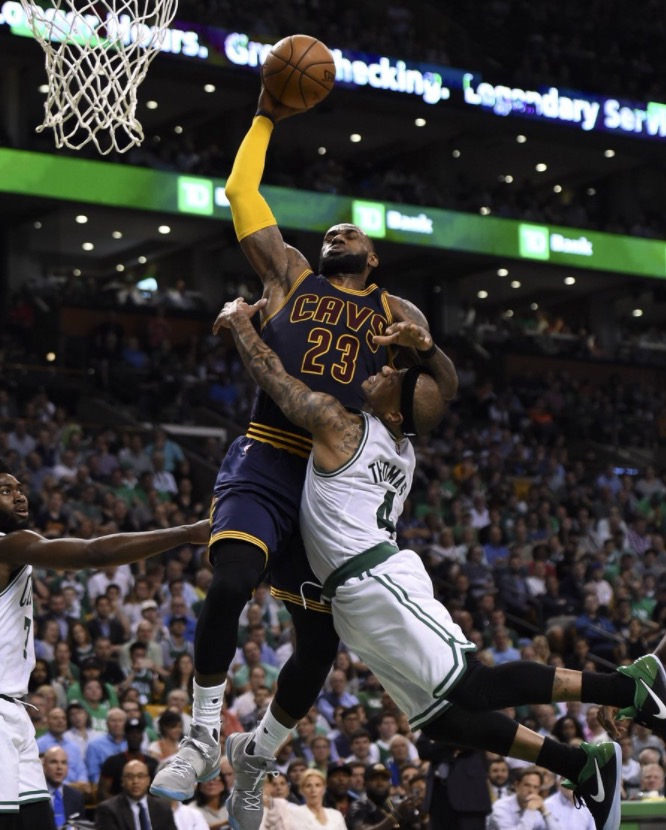
Slide 40 Slide text: The team's success is determined not only by the individual skills of the players, but also by the right tactics. A classic example is the final of the 1972 Olympic tournament. Realizing that his wards are inferior to the US basketball players in terms of their playing condition and physical data, the head coach of the USSR national team Vladimir Kondrashin built a defense game, imposed “his own basketball” on the opponent, which ultimately brought success to the Soviet team.
Slide 41 Slide text: Basketball distinguishes between zone and personal (personal) defense. In the first case, each of the players takes care of any opponent who is in the area (zone) of the site allotted to him. With personal protection, each basketball player takes care of "his" player. The so-called pressure is extremely effective - an active type of defense in which opponents are guarded not only in the immediate vicinity of their shield, but also on the distant approaches to it, sometimes all over the court. The purpose of pressing is to prevent the opponent from calmly playing the ball and making an attack.
The purpose of pressing is to prevent the opponent from calmly playing the ball and making an attack.
Slide 42 Slide text: A player's individual skill is made up of many components.
Dribbling, i.e. dribbling, including without visual control, which allows the player to instantly assess the changing situation on the site.
Misleading tricks: tricking the ball, arms, legs, whole body, turning the head, looking, etc.
Pass game. The so-called hidden pass is especially appreciated - passing the ball without looking at the partner to whom it is addressed. Another technique from the arsenal of basketball masters is a pass from behind (holding the ball behind the back, the player throws it over his head to his partner).
Slide 43 Slide text: Basketball shots are made both from a place and on the move.
There are many varieties of them: jump shot, “hook” throw (the hand of a player standing sideways to the opponent’s basket moves along an imaginary arc), throw into the basket from above, etc.